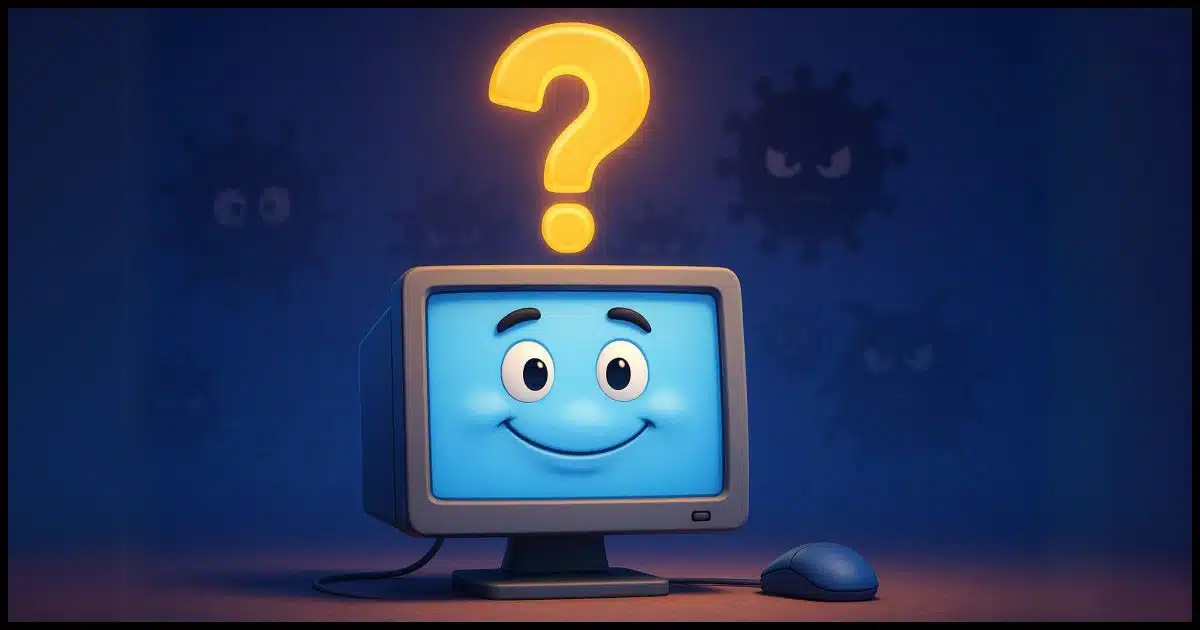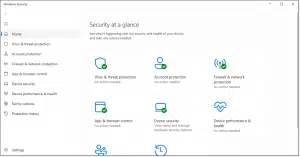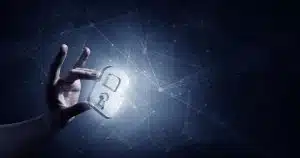Spoiler: nope.

The harsh reality is there’s no way to prove your computer is not infected or somehow compromised.
Even running multiple scans using multiple tools, you still cannot be completely, absolutely, 100% certain.
You can’t prove a negative.1 It’s a philosophical reality we must apply to our systems and to the possibility of malware.

Proof of cleanliness?
You can never be 100% sure your computer is malware-free, even with scans and tools. However, using up-to-date security software, avoiding suspicious sites and links, and practicing safe habits greatly reduces the risk. Follow best practices to keep your machine as safe as possible. Remember, you are your own best defense.
Don’t Panic!
Even though 100% certainty is, by definition, unachievable, we can certainly get close.
Pragmatically speaking, a clean scan using an up-to-date anti-malware tool usually means that the machine is clean. If you’re concerned, an additional scan with a different tool increases that confidence dramatically.
If you follow the common advice to run a complete anti-malware scan on your machine, and that scan comes up clean, that’s a good sign your machine is probably clean.
It’s not absolute proof — that doesn’t exist — but it shows a high likelihood of everything being OK.
Help keep it going by becoming a Patron.
You might have an issue if…
So how do you know if you have malware or have been hacked? There’s a relatively common list of signs that might indicate malicious activity.
It’s just not a helpful list.
Here’s the thing: each one of these signs can happen for legitimate, non-malicious reasons. Some are more likely than others to indicate a problem, but once again, there are no guarantees.
- Your security software reports an issue. This is pretty close to a sure sign. Security software can still produce false positives, of course, but if yours reports that something is going on, you’d best pay attention and investigate further.
- Sudden performance degradation. This can happen for many reasons, and malware is only one. Hardware problems, software updates, and normal background activity can all manifest as your machine suddenly slowing down.
- Slow or erratic internet behavior. Same thing: this can happen for many reasons. Networking problems, website problems, and once again, “normal background activity” can all manifest as the internet having issues. Even other machines that share your internet connection can affect your computer’s internet speed and behavior.
- Unfamiliar pop-ups or fake security alerts. Unfamiliar pop-ups happen all the time. They’re generally worth paying attention to — not for malicious activity, but because they’re probably trying to tell you something about your system. The one frustrating example is the scary security alert pop-up. More often than not, it’s a scam and has no implications for your machine at all. The pop-up is usually not even on your computer but on a website that’s been compromised.
- Odd behavior. The most common assertion I see in this category is when people’s mouse pointer begins to move on its own. They’re convinced they’ve been hacked or there’s malware at play. It could happen, but 99 times out of 100, it’s something as simple as a flakey mouse or dirt underneath it. Almost every behavior that could result from maliciousness also has completely benign explanations.
- Failure to boot or repeated crashes. These days, malware tries to hide and keep running. It no longer tries to crash your machine. Most of the time, a boot problem or frequent crashes are due to hardware issues or problems with the software installed on your machine, including the operating system.
So the “symptoms” tell you that you may have malware, or not. And if you don’t have these symptoms? You may still have malware. Or not.
There’s always uncertainty.
What you need to do is stack the deck in your favor.
Increasing the odds of safety
It all comes back to my litany of safety.
- Keep all software as up-to-date as possible.
- Use up-to-date security tools, and make sure their database of known malicious software is being updated regularly.
- Use a firewall (your router is typically enough).
- Know what devices are on your network and whether you can trust them or the individuals that use them. For example, you might configure your network to protect yourself from your less tech-savvy guests or more adventuresome children.
- Don’t click suspicious links or open suspicious attachments. Hint: all links and attachments are suspicious until proven otherwise.
- Avoid shady websites. “Shady” is difficult to define, but generally falls into sites that promise things that are too good to be true or use overly dramatic wording to get you to visit.
- Don’t install unfamiliar programs without first doing your research. To start, make sure you really need what you’re thinking of installing.
Do this
I’ll be blunt: you are the weakest link.
I’ll be honest: so am I.
There’s no way to be completely certain that you don’t have malware. The only thing you can do is hold to best practices so you don’t invite malware in to begin with. Sadly, it can be very tempting to side-step those best practices “just this once” because of something enticing.
Just remember, no tool can protect you from yourself.
Subscribe to Confident Computing! Less frustration and more confidence, solutions, answers, and tips in your inbox every week.
Podcast audio
Footnotes & References
1: Yes, I know, philosophy majors love to jump on this statement. Pragmatically, in situations like this, it’s true.




hello i have an Question about the lnternet i have an House up on an hell the House is not Square i have Signal in the backrooms but it Cuts out well to Wi-Fi Router’s and an Really Powerful Extender work ?
It really depends on the specifics, but this recent article is where I’d start you: Extend Your Wi-Fi: Simple Fixes for Better Home Coverage
“For example, you might configure your network to protect yourself from your less tech-savvy guests or more adventuresome children.
You can set up a non-administrator capable account. In some cases, you can even use that non-admin account yourself. If you try to run a process that requires admin privileges, you can still run them in most cases by entering your admin-capable account credentials. That’s similar to how Linux does it.